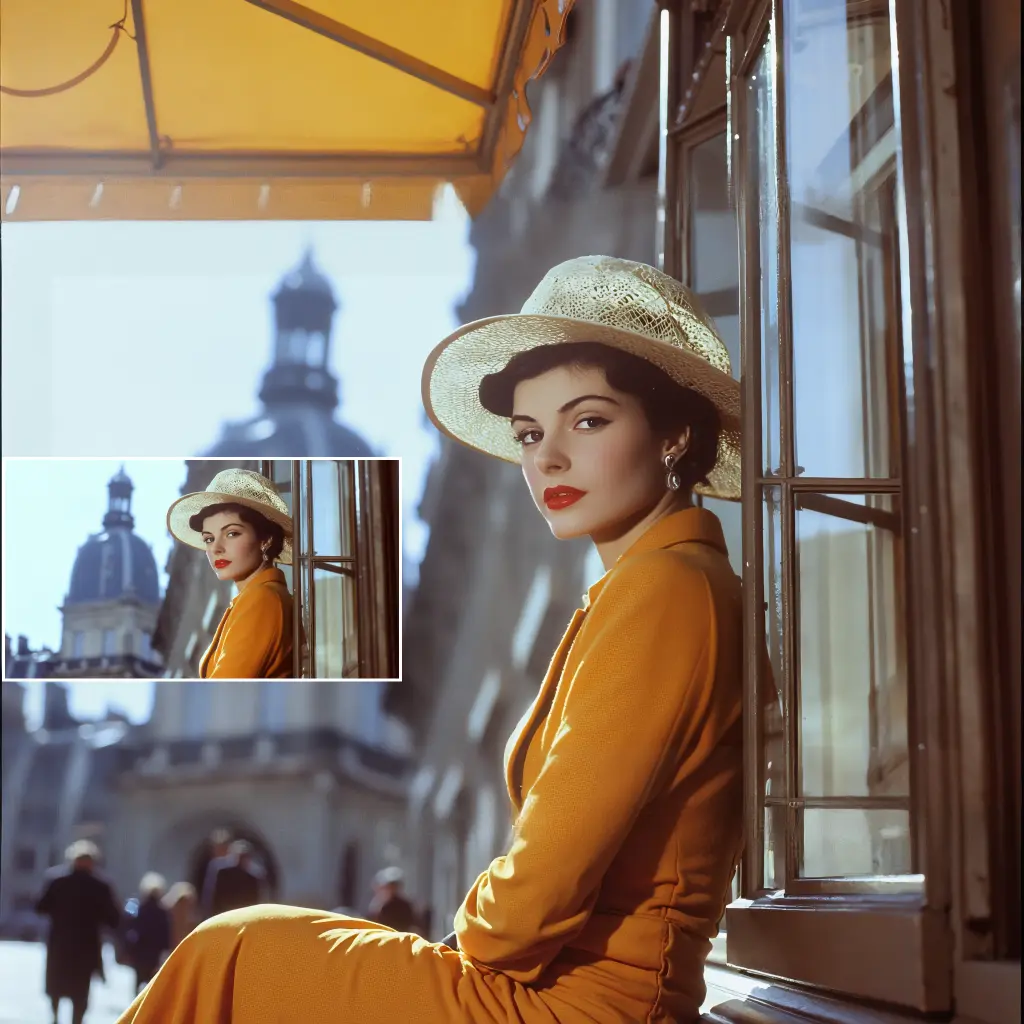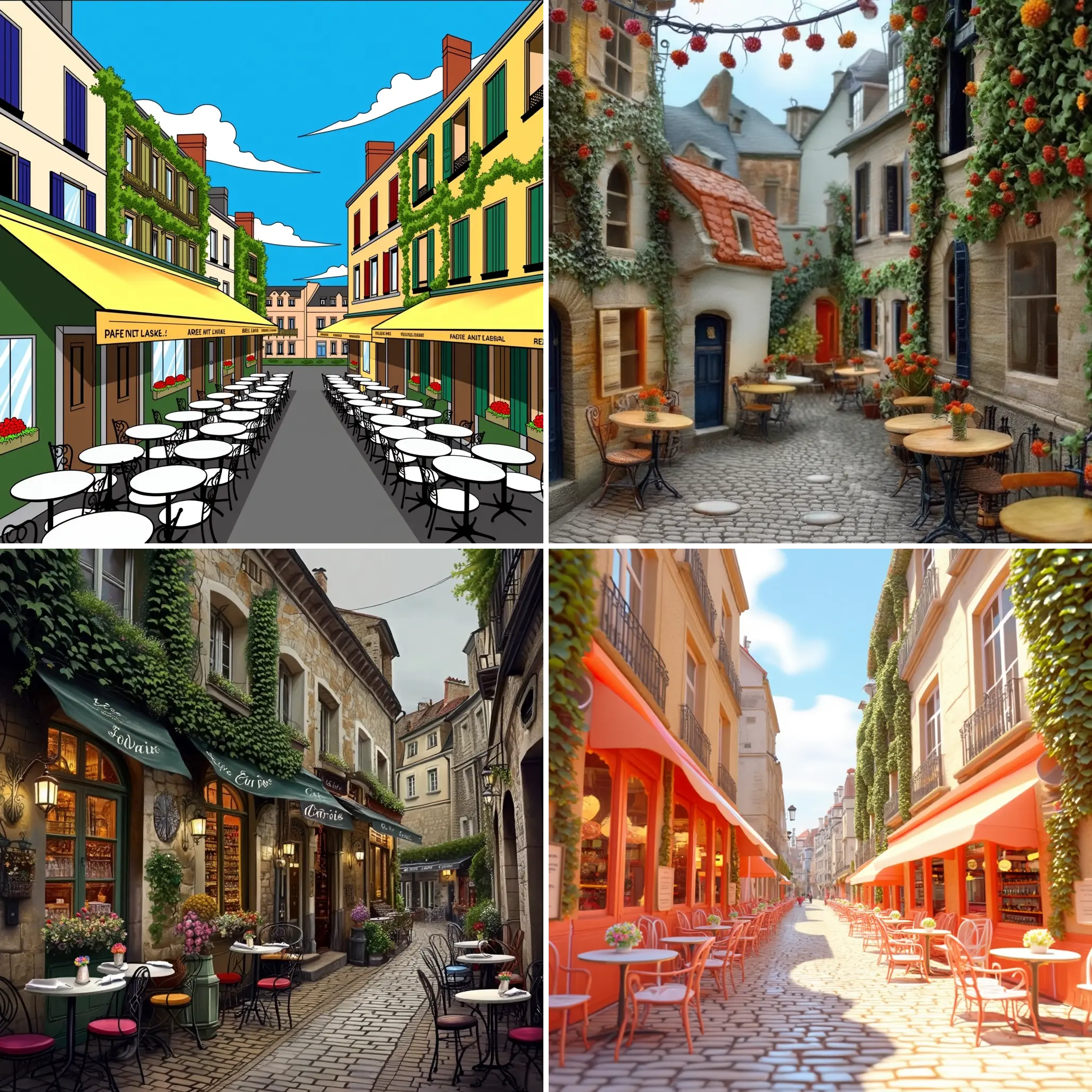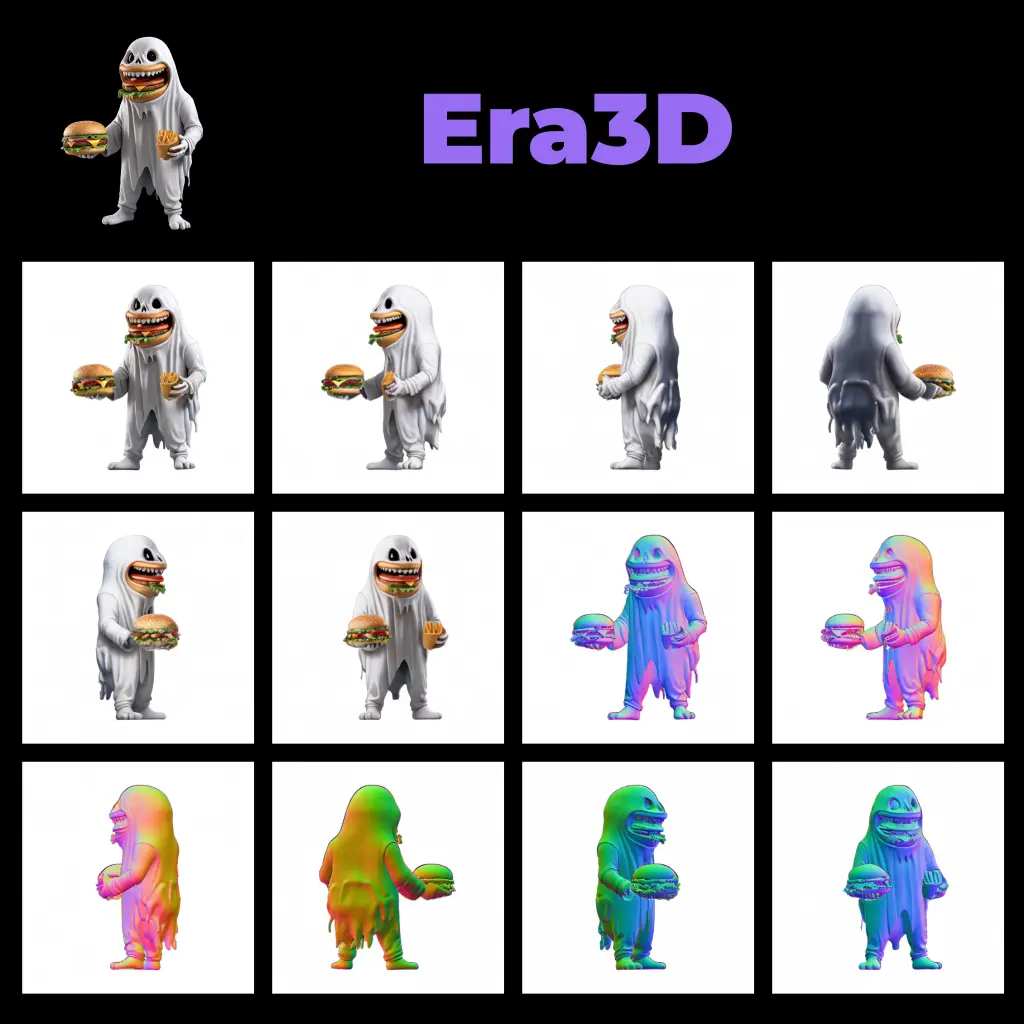ComfyUI Extension: RyanOnTheInside
ComfyUI_RyanOnTheInside
ryanontheinside (Account age: 3974 days) Nodes
View all nodes(20) Latest Updated
2025-01-28 Github Stars
0.45K
How to Install RyanOnTheInside
Install this extension via the ComfyUI Manager by searching for RyanOnTheInside- 1. Click the Manager button in the main menu
- 2. Select Custom Nodes Manager button
- 3. Enter RyanOnTheInside in the search bar
Visit ComfyUI Online for ready-to-use ComfyUI environment
- Free trial available
- 16GB VRAM to 80GB VRAM GPU machines
- 400+ preloaded models/nodes
- Freedom to upload custom models/nodes
- 200+ ready-to-run workflows
- 100% private workspace with up to 200GB storage
- Dedicated Support
RyanOnTheInside Description
RyanOnTheInside is a ComfyUI extension that adds custom nodes for particle simulations, optical flow, and temporal masks, enhancing visual effects and dynamic content creation.
RyanOnTheInside Introduction
Welcome to the ComfyUI_RyanOnTheInside extension! This extension is designed to enhance your creative workflows by providing advanced tools for generating dynamic, fluid-like effects, motion-based animations, and time-based transformations. Whether you're looking to create intricate particle systems, simulate optical flow, or apply temporal masks, this extension offers a range of features to help you achieve stunning visual results.
How RyanOnTheInside Works
ComfyUI_RyanOnTheInside works by introducing specialized nodes that can be integrated into your existing ComfyUI workflows. These nodes allow you to manipulate masks and images in various ways, such as simulating particle systems, calculating optical flow, and applying temporal transformations. By connecting these nodes, you can create complex animations and effects that respond to different parameters and inputs.
Think of it like a digital sandbox where you can play with particles, motion, and time to create unique visual effects. Each node acts as a building block, and by combining them, you can build intricate and dynamic scenes.
RyanOnTheInside Features
Particle Systems
Create dynamic, fluid-like effects through particle simulation. Features include:
- Multiple particle emitters with independent settings (e.g., movement, speed, size, color).
- Force fields like gravity wells and vortices.
- Boundary-respecting particle behavior.
- Static bodies for particle interactions.
- Spring joint settings for complex behaviors.
Optical Flow
Generate motion-based effects by calculating the movement between frames. Features include:
- Multiple optical flow algorithms (Farneback, Lucas-Kanade, Pyramidal Lucas-Kanade).
- Particle simulations reactive to optical flow.
- Directional flow isolation and emphasis.
- Advanced blending and modulation options.
Temporal Masks
Implement time-based transformations and animations. Features include:
- Morphing and transformation effects (erosion, dilation, translation, rotation, scaling).
- Various mask combination methods.
- Radial and pulsating effects.
- Warp effects using Perlin noise, radial distortion, and swirling patterns.
- Customizable easing functions and palindrome support.
RyanOnTheInside Models
Currently, the extension does not include different models but focuses on providing a variety of nodes that can be customized to achieve different effects. Each node comes with its own set of parameters that you can tweak to get the desired outcome.
What's New with RyanOnTheInside
Version 1.0
- Initial release with particle systems, optical flow, and temporal masks.
- Added support for multiple particle emitters and force fields.
- Introduced optical flow algorithms and motion-based effects.
- Implemented time-based transformations and animations.
Troubleshooting RyanOnTheInside
Common Issues and Solutions
Issue: Particles not appearing
- Solution: Check the
particle_countparameter to ensure it's set to a value greater than 0. Also, verify that theemission_strengthis not set to 0.
Issue: Optical flow effects not visible
- Solution: Ensure that the input image sequence is correctly loaded and that the
Flow Methodparameter is set to a valid algorithm. Adjust theFlow ThresholdandMagnitude Thresholdto see if the effect becomes visible.
Issue: Temporal mask effects not working
- Solution: Verify that the
Start FrameandEnd Frameparameters are set correctly. Ensure that theEffect Durationis not set to 0 unless you want the effect to last the entire sequence.
Frequently Asked Questions
Q: Can I use multiple particle emitters in one simulation?
- A: Yes, you can chain multiple
ParticleEmitternodes together to feed into a particle-based node.
Q: How do I create a smooth transition in temporal masks?
- A: Use the
Temporal Easingparameter to select an easing function like "ease_in_out" for smooth transitions.
Learn More about RyanOnTheInside
For more information, tutorials, and community support, check out the following resources:
- ComfyUI Documentation
- Community Forums
- Tutorial Videos These resources are tailored to help AI artists get the most out of the ComfyUI_RyanOnTheInside extension, providing step-by-step guides and a platform to ask questions and share your work.
RyanOnTheInside Related Nodes
RunComfy is the premier ComfyUI platform, offering ComfyUI online environment and services, along with ComfyUI workflows featuring stunning visuals. RunComfy also provides AI Playground, enabling artists to harness the latest AI tools to create incredible art.





